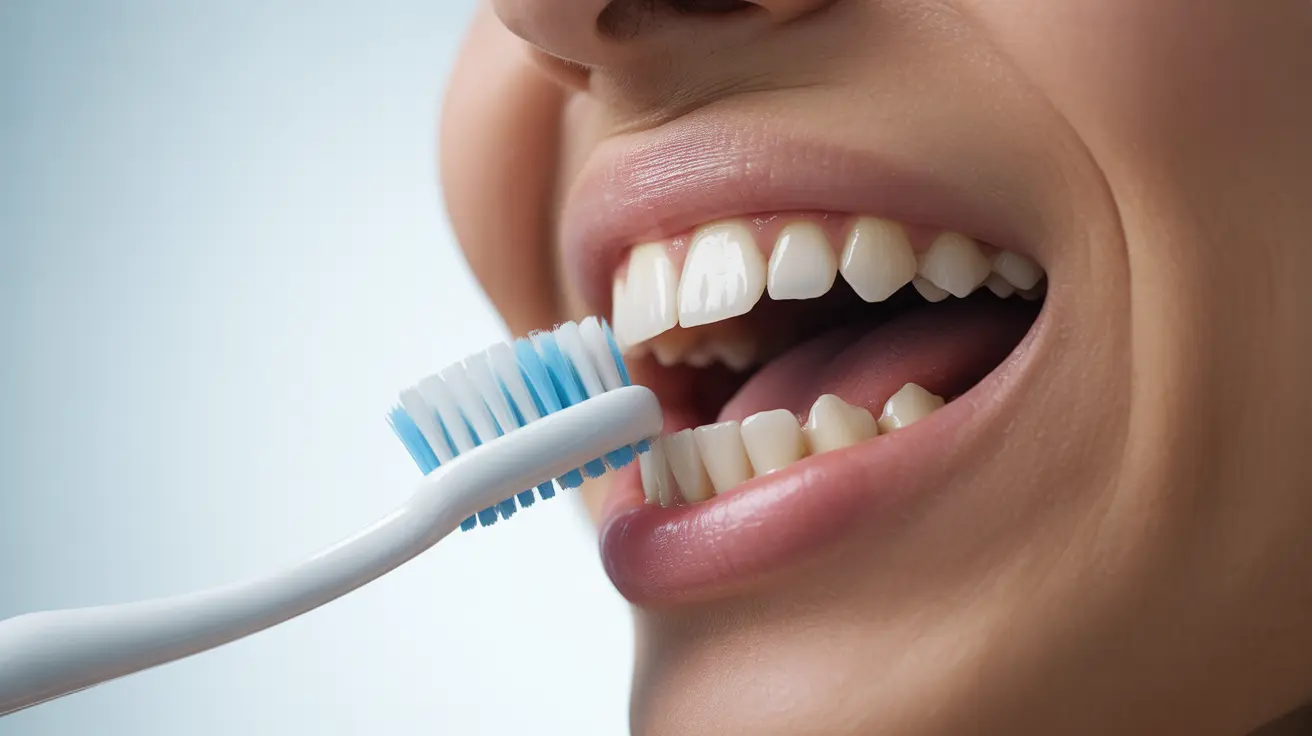Bleeding gums can be both concerning and uncomfortable, affecting your daily oral care routine and potentially indicating underlying health issues. Understanding the proper treatment approaches and preventive measures is crucial for maintaining optimal oral health and preventing more serious complications.
This comprehensive guide will explore evidence-based treatments for bleeding gums, help you identify when to seek professional care, and provide practical steps for prevention through improved oral hygiene and dietary choices.
Understanding the Causes of Bleeding Gums
Before starting any treatment, it's essential to understand what might be causing your gums to bleed. Common causes include:
- Improper brushing technique
- Gingivitis (early-stage gum disease)
- Vitamin deficiencies, particularly vitamin C and K
- Blood-thinning medications
- Hormonal changes during pregnancy
- New flossing routine
Immediate Home Treatment Options
When you notice bleeding gums, several effective home treatments can provide relief and address the underlying causes:
Salt Water Rinse
A warm salt water solution can help reduce bacteria and promote healing. Mix half a teaspoon of salt with a cup of warm water and gently rinse for 30 seconds, twice daily.
Cold Compress Application
Applying a cold compress to the affected area can help reduce swelling and slow bleeding. Hold the compress against the outside of your cheek near the bleeding area for 10 minutes at a time.
Improving Your Oral Hygiene Routine
Proper oral hygiene is crucial for preventing and treating bleeding gums. Follow these essential steps:
- Use a soft-bristled toothbrush
- Brush gently but thoroughly for two minutes, twice daily
- Floss daily using proper technique
- Consider an antimicrobial mouthwash
- Replace your toothbrush every 3-4 months
Dietary Changes and Supplements
Certain nutritional adjustments can significantly impact gum health:
Essential Nutrients
- Vitamin C-rich foods (citrus fruits, berries, leafy greens)
- Vitamin K sources (kale, spinach, collard greens)
- Omega-3 fatty acids (fatty fish, flaxseeds)
- Calcium-rich foods (dairy products, fortified plant milk)
Foods to Avoid
Reduce consumption of sugary and acidic foods that can contribute to gum inflammation and bacterial growth.
When to Seek Professional Care
While many cases of bleeding gums can be treated at home, certain symptoms warrant immediate dental attention:
- Persistent bleeding despite improved oral hygiene
- Swollen, red, or tender gums
- Loose teeth
- Persistent bad breath
- Receding gum line
- Pain while chewing
Frequently Asked Questions
What are the most effective treatments for bleeding gums I can try at home?
The most effective home treatments include salt water rinses, gentle brushing with a soft-bristled toothbrush, daily flossing, and using an antimicrobial mouthwash. Cold compresses can also help reduce swelling and bleeding.
What are the common causes of bleeding gums and how do I know if I need to see a dentist?
Common causes include poor oral hygiene, gingivitis, vitamin deficiencies, and certain medications. See a dentist if bleeding persists despite improved oral care, or if you experience severe swelling, pain, or loose teeth.
How can improving my oral hygiene help prevent bleeding gums?
Proper oral hygiene removes bacteria and plaque that cause gum inflammation and bleeding. Use a soft-bristled toothbrush, brush gently twice daily, floss regularly, and maintain a consistent cleaning routine.
Are there specific vitamins or dietary changes that can help reduce gum bleeding?
Yes, increasing intake of vitamins C and K, omega-3 fatty acids, and calcium can help strengthen gums and reduce bleeding. Focus on consuming fresh fruits, leafy greens, fatty fish, and dairy products.
When should bleeding gums be considered a sign of serious gum disease requiring professional care?
Seek professional care if bleeding continues despite improved oral hygiene, if gums are severely swollen or painful, if teeth become loose, or if you notice persistent bad breath. These could indicate advanced gum disease requiring immediate treatment.




